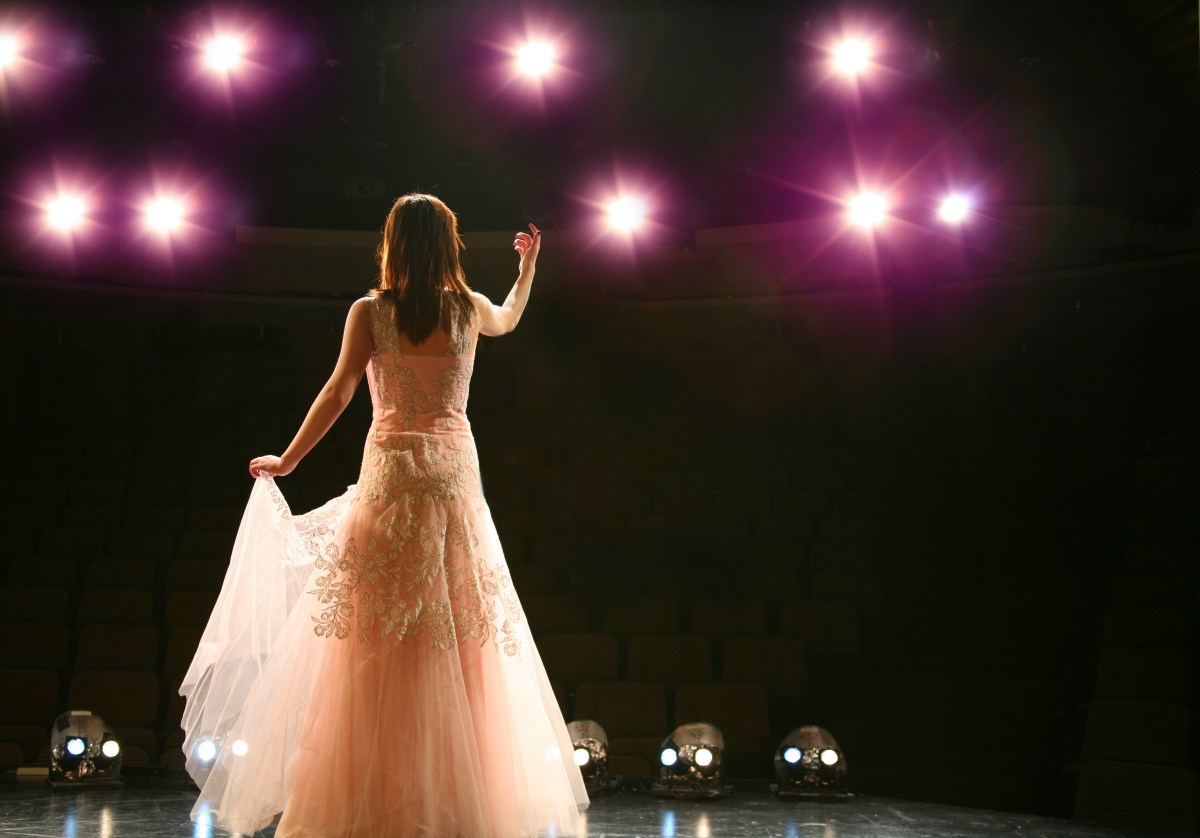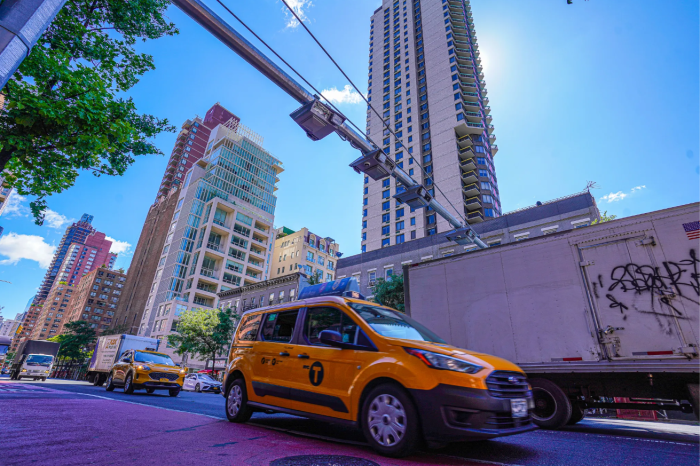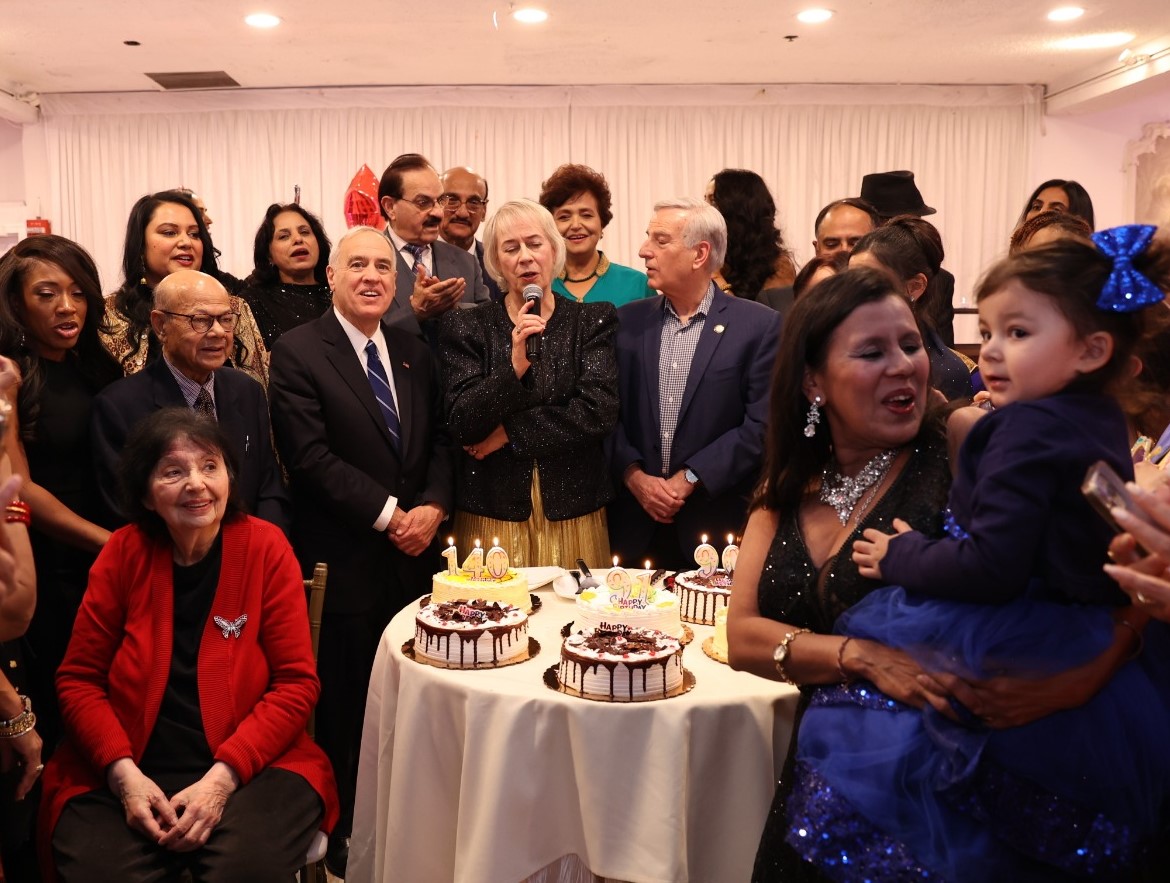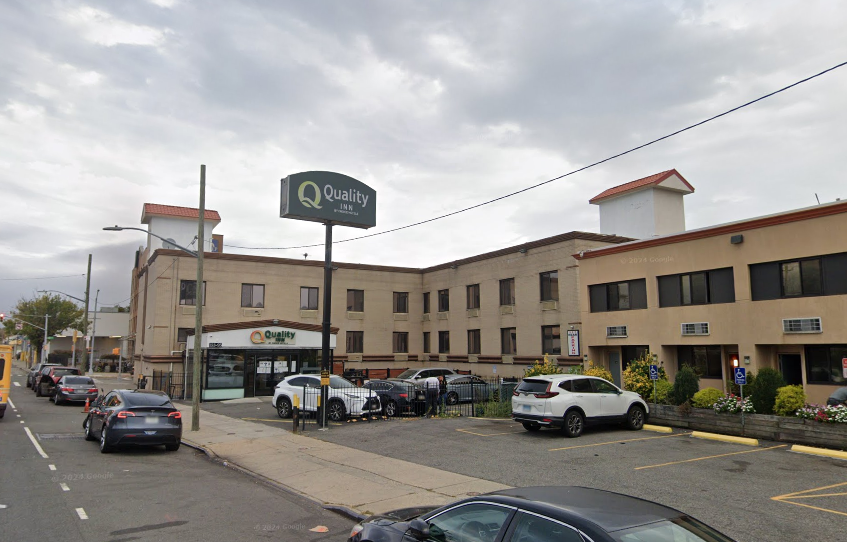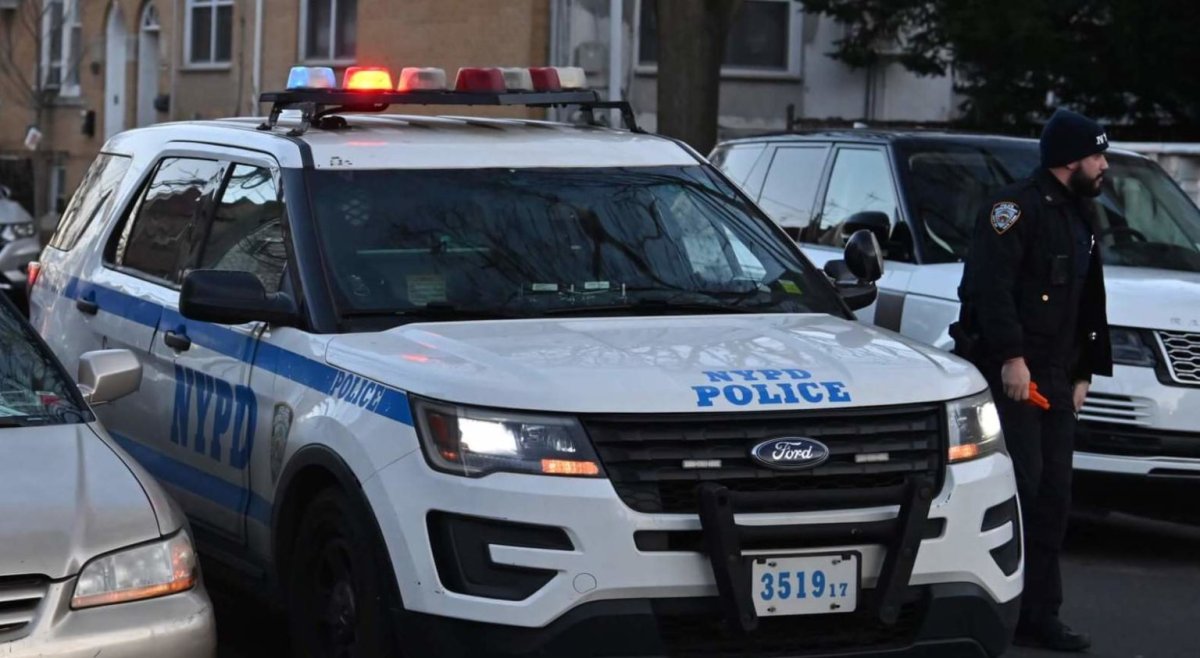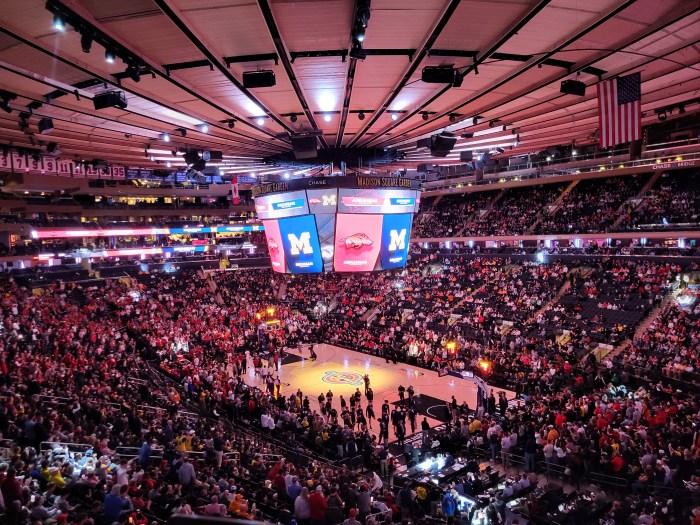As a cultural worker deeply embedded in the arts community, serving as the Director of Development for a publicly owned, former public school turned affordable arts haven, I have a unique vantage point on how public finances are allocated through the arts and the impact it has on our urban workforce.
The arts are not just a form of expression; they can be a transformative part of a child’s education, they can provide a lifeline for veterans through creative therapy, give at-risk youth a sense of purpose, and they are an essential component of our economy and workforce development.
In New York City alone, the cultural sector contributes over $100 billion to the economy annually and supports hundreds of thousands of jobs. Yet, despite these staggering numbers, funding for the arts remains disproportionately low.
According to the Department of Cultural Affairs, the cultural sector receives only 0.22%, $220 million, of the City’s budget, a paltry sum considering the immense benefits it brings. This funding amounts to less than 0.5% of the NYPD budget, and less than 0.25% of the Department of Education Budget, despite generating billions in economic activity.
Investing in the arts is not just about supporting artists and cultural organizations; it’s about investing in our workforce, a critical component of addressing the city’s crisis of affordability. The arts sector employs a diverse range of workers, from artists and performers to administrators and technicians. These jobs are not just about creating art; they are about building skills, fostering creativity, and driving innovation.
Of the cultural workforce, more than 5,000 are union members. A union job can mean keeping your home, or making sure your child gets the after school care they need.
Over the past year, we have seen the creative industries lead a forceful labor movement through the Screen Actors Guild and the Writers Guild win ongoing and needed protections to face a shifting workforce environment. The City has a responsibility to support the strength of its workforce with equitable funding of a defining industry.
It can draw resources from the implementation and oversight from the Healthcare Accountability and Consumer Protection Act, which will save the city billions in bloated healthcare costs at the expense of patients, or the $862 million added to the New York State budget this year as part of newly introduced sports wagering.
Furthermore, the arts play a crucial role in workforce development by providing training and education opportunities for underserved communities. Programs like apprenticeships, internships, and educational outreach initiatives provide valuable skills and experiences that can lead to sustainable careers in the arts and beyond, which I have seen firsthand.
By increasing funding for the arts, we can strengthen our workforce, boost our economy, and enrich our communities. It’s time for the city to recognize the value of the arts and invest accordingly. The arts are not just a luxury; they are a necessity for a vibrant and thriving city.
Andrea Gordillo is the development director at The Clemente Soto Velez Cultural Center on the Lower East Side.



